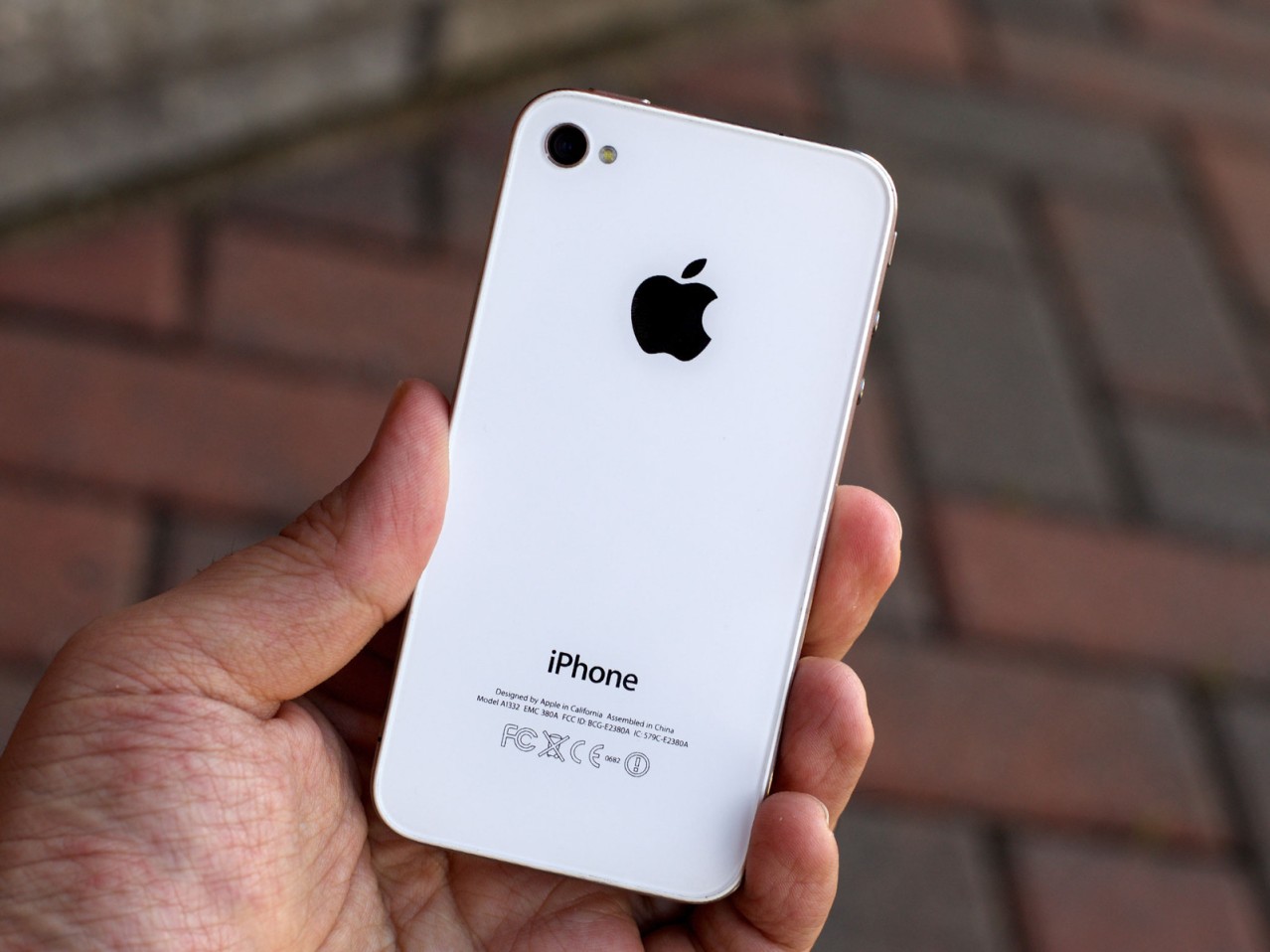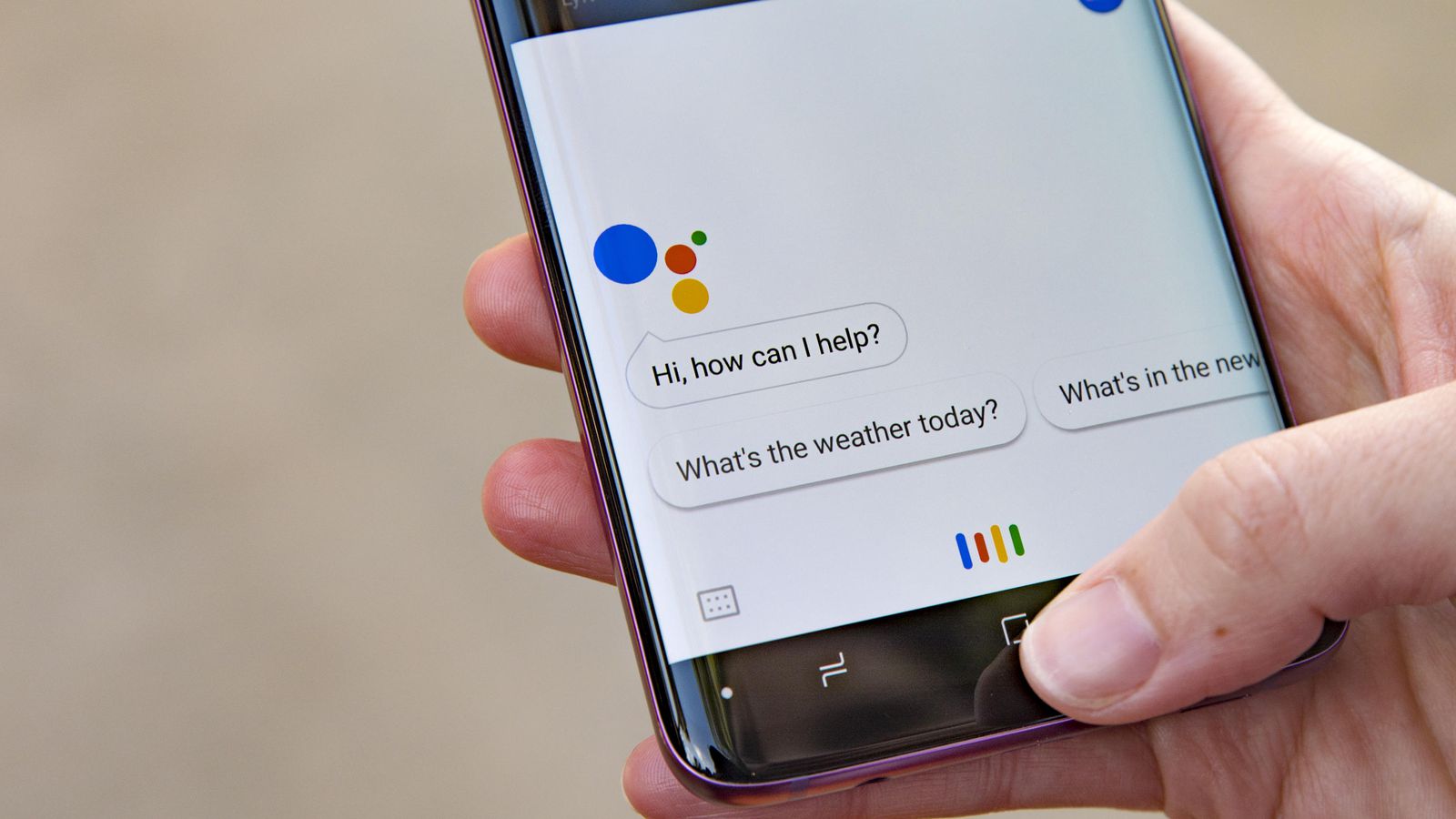Over the past year or so, I have begun to embrace my inner technology geek. I now regularly check tech-oriented websites like The Verge and Wired. I follow YouTube channels devoted to drop-testing $800 phones. I look up predictions regarding the rumored bells and whistles of tech giants’ future devices.
In all of this tech immersion, I have become increasingly aware of a strange disparity between Apple’s iPhone, the definitive modern smartphone brand, and the mobile offerings of its competitors. In the past few years, in particular, certain Android phones (Android is the operating system that powers smartphones not made by Apple) have surpassed the iPhone in several key areas.
Samsung’s Galaxy phones have sleeker designs and sharper displays. Google’s Pixel lineup continues to be praised for having the best smartphone camera on the market. The iPhone’s only advantage in terms of raw specifications is its processing speed. In some respects, Apple’s technology is actually several years behind.
So how does Apple get away with this? How does it get away with charging so much money for arguably outdated tech? I believe the answer to both these questions consists of three main elements: consistency, accessibility, and brand.
Let’s start with consistency. Ever since the introduction of the first iPhone in 2007, Apple has offered an unparalleled level of overall quality in its smartphone lineup. The company has made a few blunders—the botched Apple Maps launch and the so-called “Antennagate” scandal involving problems with the iPhone 4’s cellular connectivity are the most notorious—but all of its 21 iPhone models to date have been generally elegant, reliable devices.

Only in the past three or four years have Apple’s rival smartphone vendors established luxury brands that are nearly as well-rounded as the iPhone. Apple’s closest competitor in the smartphone market, Samsung’s Galaxy S line, was pretty ugly until the release of the Galaxy S6 in 2015. The corrugated plastic that made up the backs of the phones looked cheap, and the rest of the design was clunky and asymmetrical. Sure, the Google Pixel has the best camera on the market, but it has only been around since October 2016.
If Samsung and Google had made smartphones with their current level of quality back in the early years of the iPhone, perhaps they would have a higher degree of dominance over the market.
That dependability carries over to the iPhone’s software experience, too; something many iPhone users take for granted is the frequent updates to iOS made available to all compatible iPhone models at the same time. It usually takes around 5 years for any given iPhone to become incompatible with a software update.
Except for Google’s Pixel lineup, most Android phones only get a few minor, infrequent updates in their entire lifetime. Software is arguably more important than hardware when it comes to the smartphone experience, so this shortens the ideal upgrade cycle for Android users.
Next up: accessibility.
What holds me back the most from switching to Android is the elegant simplicity and functionality of the Apple device ecosystem. Since Apple designs both the software and hardware of all its devices in-house, it has an unmatched level of control over its products and how they interact.
Thanks to Apple’s Continuity feature, I can start writing an email, take a photo, or scribble a note on my iPhone, then pick up right where I left off on my Mac with the click of a button.
Admittedly, Apple’s mobile operating system, iOS, is neither the most powerful nor the most customizable option out there. You can do a whole lot more with Android. Its mobile payment system is more widely accepted throughout the world. Its digital assistant is lifetimes, maybe even eras, ahead of Apple’s Siri.

But there aren’t many people who need such a high level of functionality and customizability in a smartphone. Most of us, myself included, just want a capable, smooth experience. Apple’s iOS delivers just that; the user interface is intuitive, downloading apps is simple and centralized, and it’s easy to find and perform the basic functions you use every day on your smartphone. As the late Steve Jobs loved to say, it just works.
Samsung, on the other hand, continues to be ridiculed for its viscerally clunky version of Android. Furthermore, its Galaxy phones come pre-loaded with a multitude of different apps that perform the same function. Users are left scratching their heads as to whether they should use Android Pay or Samsung Pay for mobile transactions, and whether Google Photos or Samsung’s native Gallery app is better for storing their pictures on the cloud. On the iPhone, you have Apple Pay and Photos. No confusion. No redundancy.
Apple’s true genius, however, is in the brand. Due to its relevance to today’s digital world, the iPhone is the single most recognizable and dependable product in America, perhaps on the planet. It defined (and continues to define) the modern smartphone.
Whenever I happen to have a conversation about the smartphone industry, rarely are many people familiar with the Pixel and Galaxy lines, let alone phones made by LG or Motorola. Everyone, on the other hand, knows what the iPhone is.
This is partly due to the iPhone’s revolutionary nature at launch, but even more essential is the brilliant marketing. Especially in the product’s earlier years, there was no abstract naming scheme, as in the case of Samsung Galaxy and Google Pixel, or extraneous numbers and letters (looking at you, LG V30 ThinQ). Just “iPhone.” Apple’s branding is a show of elegant and, more importantly, memorable minimalism.
Perhaps the only device more definitive of its respective field is the iPad, another Apple product. No challenger has come close to establishing a tablet computer lineup nearly as recognizable. A rather humorous incident summarizes this perfectly; a few years back, a commentator for the Seattle Seahawks mistakenly referred to his Microsoft Surface tablet as an iPad.
Apple has an unparalleled knack for connecting with consumers by taking the complexity out of technology. It translates binary into English if you will. It may not always be the first to innovate, but it excels at wrapping innovative technologies in a relatable, accessible package.
This article was originally published on December 7, 2017 in The Harriton Banner. It has been updated for 2018.
Follow State of the Glewnion on Instagram, Facebook and Twitter.

I truly believe that the greatest genius by Apple is it’s marketing strategies and techniques. I find that their ability to market a device almost completely the same as the previous one and still break record sales.
Anyone educated in technology would agree that Apple is inferior from a tech standpoint, but their brand loyalty, ecosystem, and billions of dollars in marketing keep them afloat at the top of the tech game. Great article. – M
LikeLike
It’s an interesting perspective that Apple’s technology is behind or lagging behind those of Android or Google; Apple’s Siri or smart assistant features are rather outdated.
Yet I’ve always come to believe that Apple’s technology and vision was always ahead of other companies, at least during the era of Steve Jobs. The iPhone 3GS, to me, far exceeded any vision of the future of mobile technology and was many steps into the future already before any other company at the time- Blackberry, Motorola, etc. The iPad is also a truly visionary device, and its existence only proves Apple’s technological prescience.
Perhaps this owes to the rise of AI and of smart-assistant technology, and may be a possible factor behind Apple’s lack of apparent innovation today. But its progress is definitely something to look out for in the near future.
All in all, besides from being another tech-talk by an Apple fan, I just would like to defend Apple as a company in another sense; yes, I fully agree on its marketing, accessibility and its remarkable branding, but also it’s visionary capacity as well as its scope for genius, ever since Steve Jobs sent a poignant message to the world to think different.
LikeLike